Back Sleeper Mattress Guide & Advice
Did you know that sleeping on your back is the second most popular sleeping position after side sleeping? Back sleepers benefit from a number of sleep advantages, whether it’s breathing easier during the night, better spine alignment or even a reduction in wrinkles! However, a number of back sleepers report other issues like sore shoulders or discomfort during the night, all of which can be addressed with a few bedtime tweaks!
It’s really difficult to consciously change your sleeping position, so it’s always worthwhile working with your natural sleep style than trying to relearn which sleep position you prefer.
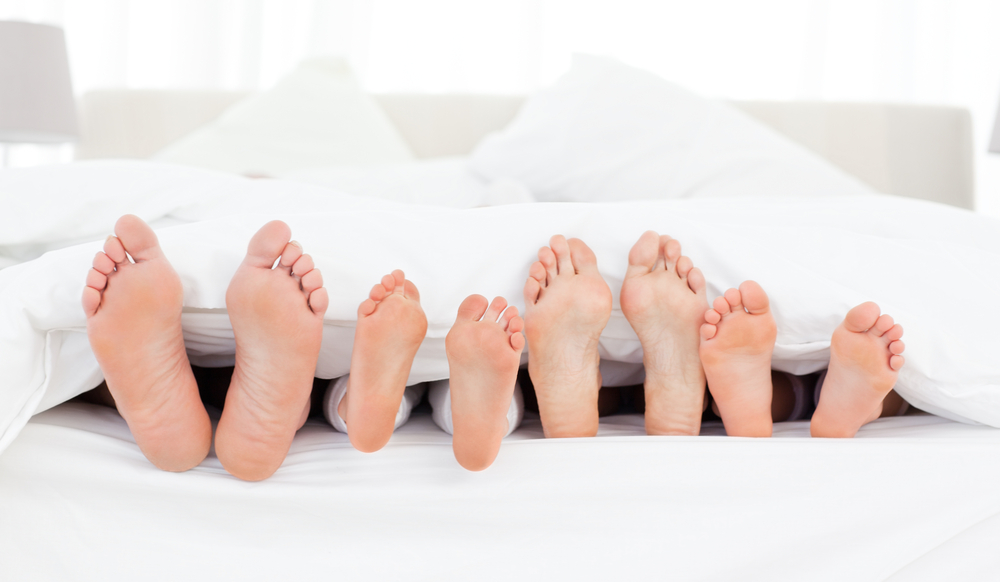
If you’re a back sleeper looking for some guidance when buying a new mattress then this article will help explain exactly what you need to know when buying a mattress. This article will also explain everything you need to know about the pros and cons of being a back sleeper.
Sleeping on your back mattress guide
- Benefits of being a back sleeper
- Drawbacks of sleeping on your back
- How to fix sore legs when sleeping on your back
- Does sleeping on your back cause a bad back?
- The best type of mattress for a back sleeper
- Mattress upholstery for back sleepers explained
1. Benefits of sleeping on your Back
Sleeping on your back has long been recommended as the ideal sleeping position, as your body weight is equally distributed along the surface area of your mattress. It’s the second most popular sleeping position after side sleepers. Sleeping on your back helps reduce pressure in any one spot, which in turn can lead to a more consistent night’s sleep as you need to turn less.
Back sleepers benefit from
- Reduced hip/shoulder pain during the night
- Less joint pain in the lower back
- Fewer nighttime movements
- Reduces sinus build-ups/congestion

For those who sleep on their back, spine alignment is crucial to getting a great night’s sleep. It’s vital that, as a back sleeper, you don’t disrupt your natural sleeping position, which is where the right mattress support is crucial.
Sleeping on your back can also help with sinus-related issues, especially if you have a cold. Using the right pillow to help keep your head supported is important, especially to avoid snoring or your airways being put under pressure from awkward neck angles.
Let’s take a closer look at the other pros of sleeping on your back.
i) Spinal Alignment
Sleeping on your back allows your spine to maintain its natural alignment, which can help prevent back and neck pain. The spine remains in a neutral position, with the head, neck, and spine aligned, reducing strain on these areas.
Sleeping on your back evenly distributes body weight across the mattress, alleviating pressure points and discomfort. Back sleeping also supports the natural curves of the spine, promoting proper alignment and reducing the risk of back and neck pain. Unlike side or stomach sleeping, back sleeping minimizes the risk of spinal misalignment or curvature issues over time.

ii) Even Body-Weight Distribution in bed
When you sleep on your back, your body weight is evenly distributed across the mattress. This helps alleviate pressure points and reduces the risk of discomfort or pain in specific areas, such as the hips, shoulders, or knees.
iii) Reduced Facial Wrinkles
Sleeping on your back can help minimize the formation of facial wrinkles and creases. When you sleep on your side or stomach, your face is pressed against the pillow, which can lead to the development of wrinkles over time. Sleeping in the same position night after night can lead to repetitive pressure on specific areas of the face. This pressure can weaken the skin’s elasticity and collagen fibres, making it more prone to wrinkling and creasing.

iv) Prevention of Acid Reflux
Back sleeping is often recommended for individuals who suffer from acid reflux or heartburn. Elevating the head slightly can help prevent stomach acid from flowing back into the oesophagus, reducing symptoms of reflux.
v) Minimization of Sleep Apnea Symptoms
For some individuals with sleep apnea or snoring issues, sleeping on the back may help reduce the severity of symptoms. Back sleeping can prevent the collapse of the airway and promote better airflow during sleep. Sleep apnea can cause all sorts of sleep issues such as disturbed sleep, irregular heart rates and disruption for other partners sharing a bed with sleep apnea sufferers.
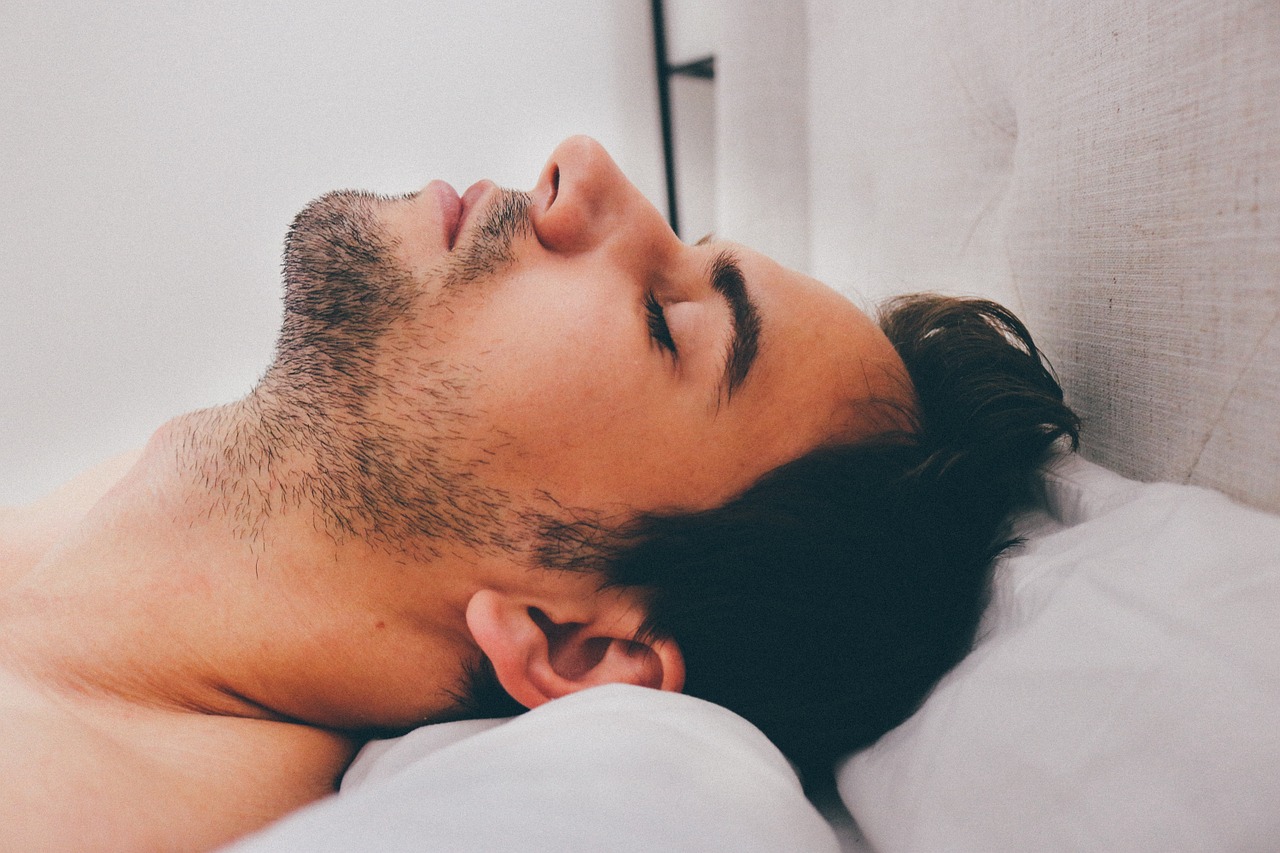
vi) Optimal Breathing Position
Sleeping on your back allows for optimal breathing, as the airway remains unobstructed. This can be particularly beneficial for individuals with respiratory conditions or allergies.
2. Drawbacks from sleeping on your back
The biggest issue with sleeping on your back is breathing difficulties and snoring during the night. This is mainly when the sleepers airways become partially obstructed and then snoring starts along with potential sleep apnoea.
Many people write to us about snoring from sleeping on their backs and disturbed sleep. Sometimes, this can be put down to a poor mattress choice, such as a mattress which isn’t supportive enough and allows the sleeper to be held in an awkward sleeping position where the neck gets too extended or alternatively compressed resulting in snoring.
While sleeping on your back offers several advantages, there are also some potential drawbacks to consider:
i) Snoring and Sleep Apnea
Sleeping on your back can exacerbate snoring and sleep apnea symptoms for some individuals. The tongue and soft tissues in the throat may collapse backwards, obstructing the airway and leading to breathing difficulties during sleep.
Snoring can be more than just a nuisance—it can also indicate underlying health issues and have adverse effects on overall well-being. Chronic snoring may disrupt sleep patterns, leading to daytime fatigue, irritability, and decreased cognitive function. It can also strain relationships, as partners and household members may be disturbed by the noise.

In some cases, snoring can be a symptom of sleep apnea, a serious sleep disorder characterized by pauses in breathing during sleep. Untreated sleep apnea can increase the risk of cardiovascular problems such as hypertension, heart disease, and stroke, as well as contribute to daytime sleepiness and accidents.
Additionally, snoring may result in fragmented sleep, preventing individuals from reaching the restorative deep sleep stages necessary for physical and mental rejuvenation. Seeking medical evaluation and treatment for chronic snoring is essential to address underlying health concerns and improve sleep quality and overall health.
ii) Increased Risk of Sleep Paralysis
Some individuals who sleep on their back may be more prone to experiencing episodes of sleep paralysis. This phenomenon occurs when the body transitions between sleep stages, and the individual briefly becomes aware but unable to move.
Sleep paralysis can be a distressing and frightening experience characterized by temporary paralysis of the body during the transition between sleep and wakefulness. Individuals may awaken from sleep unable to move or speak, often accompanied by feelings of intense fear, pressure on the chest, and hallucinations.

While episodes of sleep paralysis are usually brief and resolve on their own, they can cause significant psychological distress and anxiety. Some people may experience recurrent episodes of sleep paralysis, leading to disruptions in sleep patterns and impairments in daily functioning. Sleep paralysis may also be associated with other sleep disorders, such as narcolepsy, and can exacerbate symptoms of anxiety and depression in susceptible individuals.
Seeking support from healthcare professionals and implementing strategies to improve sleep hygiene and reduce stress can help manage and mitigate the impact of sleep paralysis on overall well-being.
iii) Discomfort for Some Medical Conditions
Certain medical conditions, such as acid reflux or gastroesophageal reflux disease (GERD), may worsen when sleeping on the back. Gravity can allow stomach acid to flow back up into the oesophagus, causing heartburn and discomfort.
Managing gastroesophageal reflux disease (GERD) during sleep involves several strategies to alleviate symptoms and promote better rest. Elevating the head of the bed by 6 to 8 inches and sleeping on the left side or in a semi-upright position can help prevent acid reflux. Avoiding large meals, trigger foods, and tight clothing before bedtime reduces the likelihood of nighttime symptoms. Over-the-counter antacids, H2 blockers, and proton pump inhibitors offer relief, but consulting a healthcare professional is advised.
Maintaining a healthy weight, managing stress, and practicing relaxation techniques contribute to symptom management. By incorporating these lifestyle changes and treatments, individuals can minimize GERD-related discomfort during sleep and improve overall sleep quality.
iv) Potential for Lower Back Pain
While back sleeping can promote spinal alignment for many individuals, some may experience lower back pain due to inadequate support from the mattress or pillow. In some cases, additional lumbar support or adjustments to the sleeping environment may be necessary to alleviate discomfort.
Try placing a cushion or pillow under your groin or stomach to help reduce strain on your lower back during the night.

v) Increased Risk of Sleep-Related Movement Disorders
People who experience sleep-related movement disorders, such as restless legs syndrome (RLS) or periodic limb movement disorder (PLMD), may find that sleeping on their back exacerbates symptoms. The position may trigger involuntary leg movements or sensations, disrupting sleep quality.
To alleviate restless leg syndrome (RLS), consider lifestyle changes like regular exercise, maintaining a consistent sleep schedule, and avoiding caffeine and alcohol before bedtime. Warm baths, massages, and relaxation techniques may ease symptoms, while managing stress and incorporating iron-rich foods into your diet can also help.
vi) May Not Be Comfortable for Everyone
Not everyone finds sleeping on their back comfortable or conducive to restful sleep. Some individuals may feel vulnerable or exposed in this position, leading to difficulty relaxing and falling asleep.
How to solve sore legs when sleeping on your back
If you wake with sore legs or thighs when sleeping on your back, there is a quick fix. Try placing a pillow underneath your knees at night which should help remove any pressure around your knees. It also stops your legs from overextending and can considerably relax the calves and thigh muscles.
If you’re still struggling with aches when sleeping on your back, consider the advice below to help tweak your mattress and reduce any discomfort.
- Proper Pillow Support: Place a pillow under your knees to relieve pressure on your lower back and legs. This elevation helps maintain a natural spinal alignment and reduces strain on leg muscles.
- Mattress Firmness: Opt for a mattress that offers adequate support and cushioning for your body weight and sleeping position. A mattress with medium firmness can help alleviate pressure points on your legs and promote comfort.
- Stretching Before Bed: Perform gentle leg stretches or yoga poses to relax leg muscles and improve flexibility before bedtime. Focus on stretches that target the calves, hamstrings, and quadriceps to alleviate tension.
- Massage or Foam Rolling: Use a foam roller or massage ball to gently massage sore leg muscles before sleep. This helps release tension and improves blood circulation, reducing discomfort and promoting relaxation.
- Warm Compresses: Apply a warm compress or heating pad to sore leg muscles to soothe discomfort and promote relaxation before bedtime. The warmth helps alleviate muscle tension and encourages relaxation for better sleep quality.

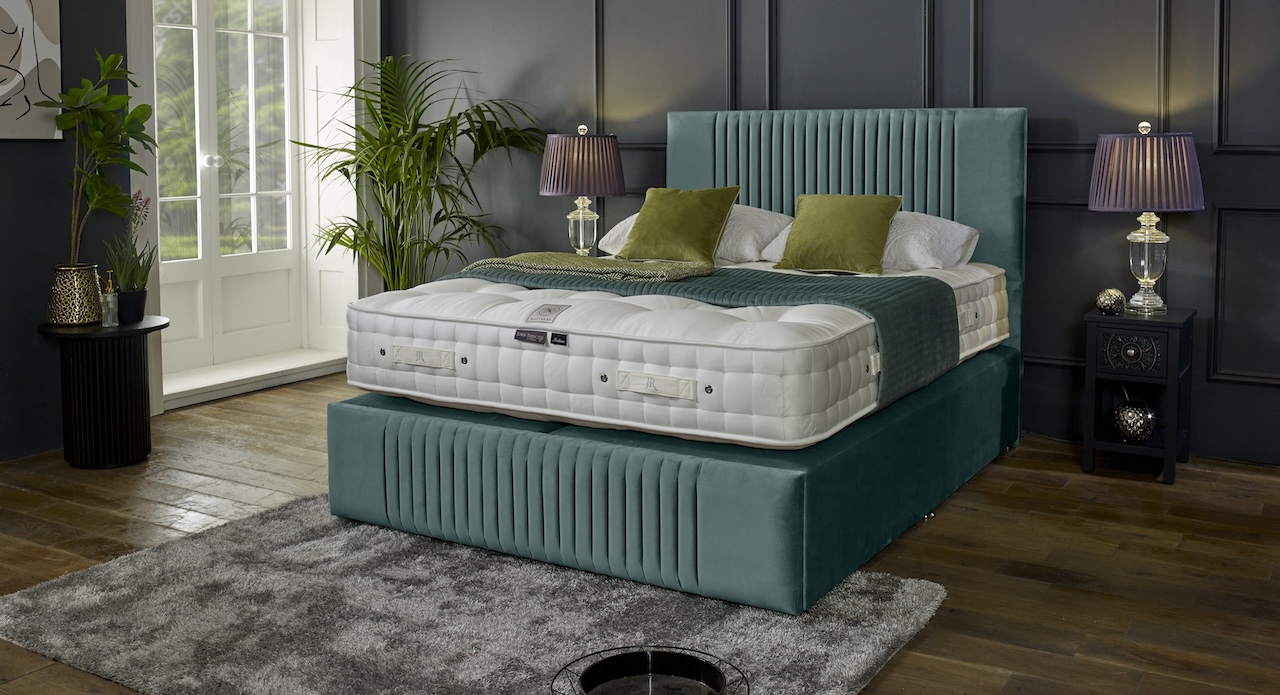

4. Does sleeping on your back cause back pain?
Sleeping on your back shouldn’t cause you back pain if you have the correct mattress. The right mattress should be tailored to your exact weight and height and then layered with upholstery to create the right comfort for your individual preferences.
Most back sleepers choose a medium-firm feel in the mattress comfort layer to help give even and consistent support during the night. If you’re struggling with back pain when sleeping you should always seek medical advice and well as undertake a health check of your current mattress.

The biggest issue people have as back sleepers is with weight gain during their mattress’s lifespan. If you put on weight and suddenly find yourself waking during the night with pain, it may be that the mattress pocket spring support isn’t suitable for you any more. Mattress spring tensions are based on weight ranges, so if you’ve gained more than a few pounds, it could be that your own suitable spring tension is now not supportive enough.
| Bodyweight | Spring tension |
|---|---|
| Upto 16 Stone / 50-101kg | Medium (1.4mm) |
| 16 Stone / 101kg Upwards | Firm (1.6mm) |
| Available in Bespoke Products (Please Call) | Soft (1.2mm) |
5. The best type of mattress for a back sleeper
The best type of mattress for a back sleeper is one with the right mattress support for your body weight and then a medium to firm comfort layer. This is so the mattress holds you enough in a comfortable, stable position without sinking in too much.
If you choose a mattress that’s too soft, then it can cause you to sink too much, which then causes misalignment of your spine during the night. You need a firmer comfort layer compared to a side or front sleeper, as you spread your weight evenly across the mattress. If not, this is where potential pain during the night can come from when your spine gets held out of alignment.
Natural fibre mattresses, like Horsehair, Mohair or Coir are ideal for back sleepers as they offer far better supportive comfort compared to memory foam or synthetic mattress fibres. Natural fibre mattresses are also far cooler to sleep on and regulate night time temperature much more effectively.
We recommend three mattresses that are ideal for back sleepers at different price points depending on your mattress budget.
Origins Pocket Reflex Mattress
The Origins Pocket Reflex mattress is ideal for a back sleeper, given the firmer feel of upholstery. It is available in a medium 1.4 pocket spring gauge, which suits sleepers up to 17 stone. It is a two-sided mattress that contains 1020 GSM of firmer feel fibres on a 1000-pocket spring support unit. Click to find out more about this back sleeper mattress.
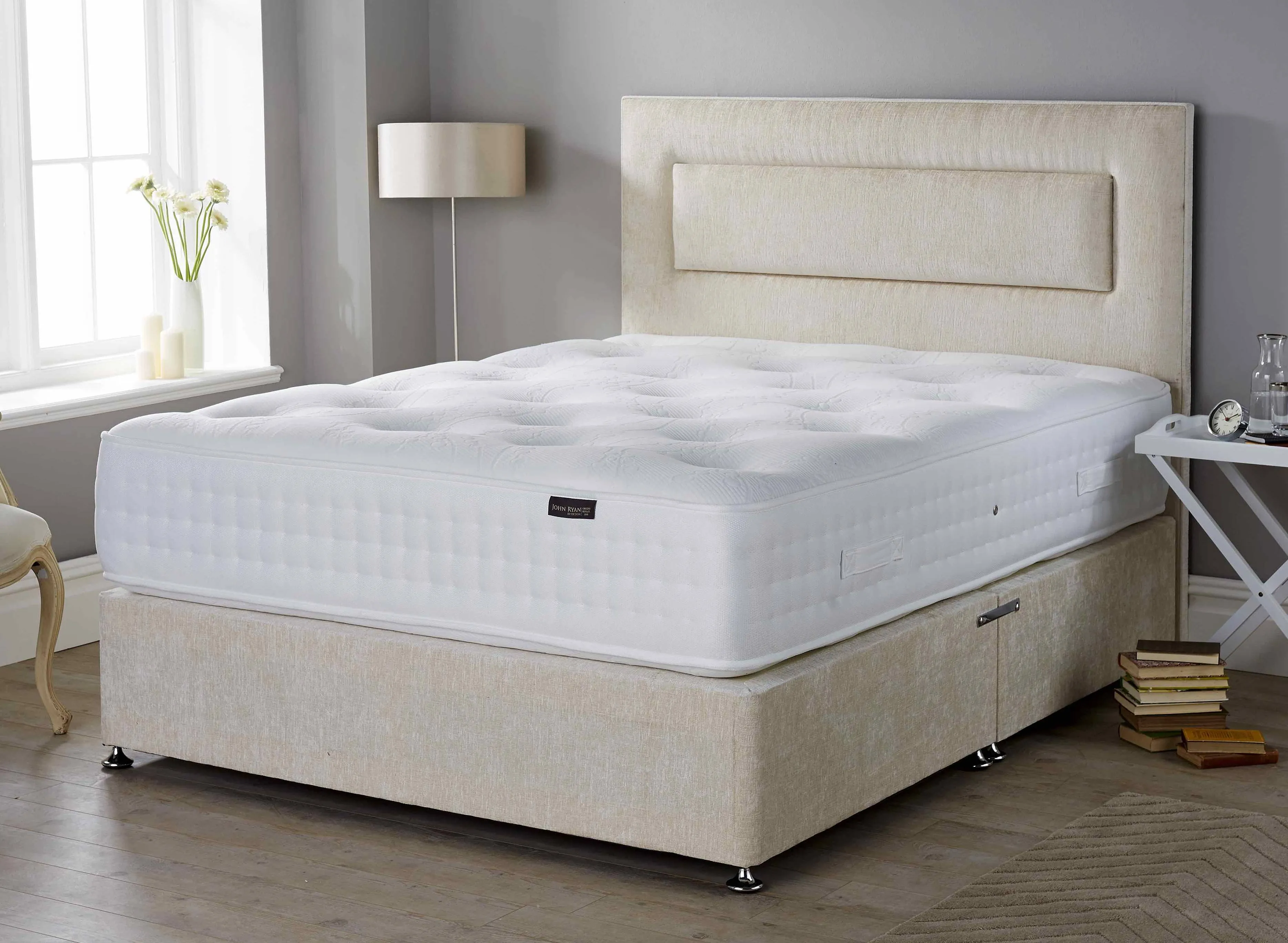
Artisan 1500 Mattress
The Artisan 1500 mattress is ideal for a back sleeper, given the firmer feel of the upholstery which is a mix of 53% natural fibres. It is also available in 3 different spring gauges depending on your body weight. It is a two-sided mattress that contains a whopping 43000 GSM of firmer feel fibres on a 1500 pocket spring support unit. Click to find out more about this luxury back sleeper mattress.
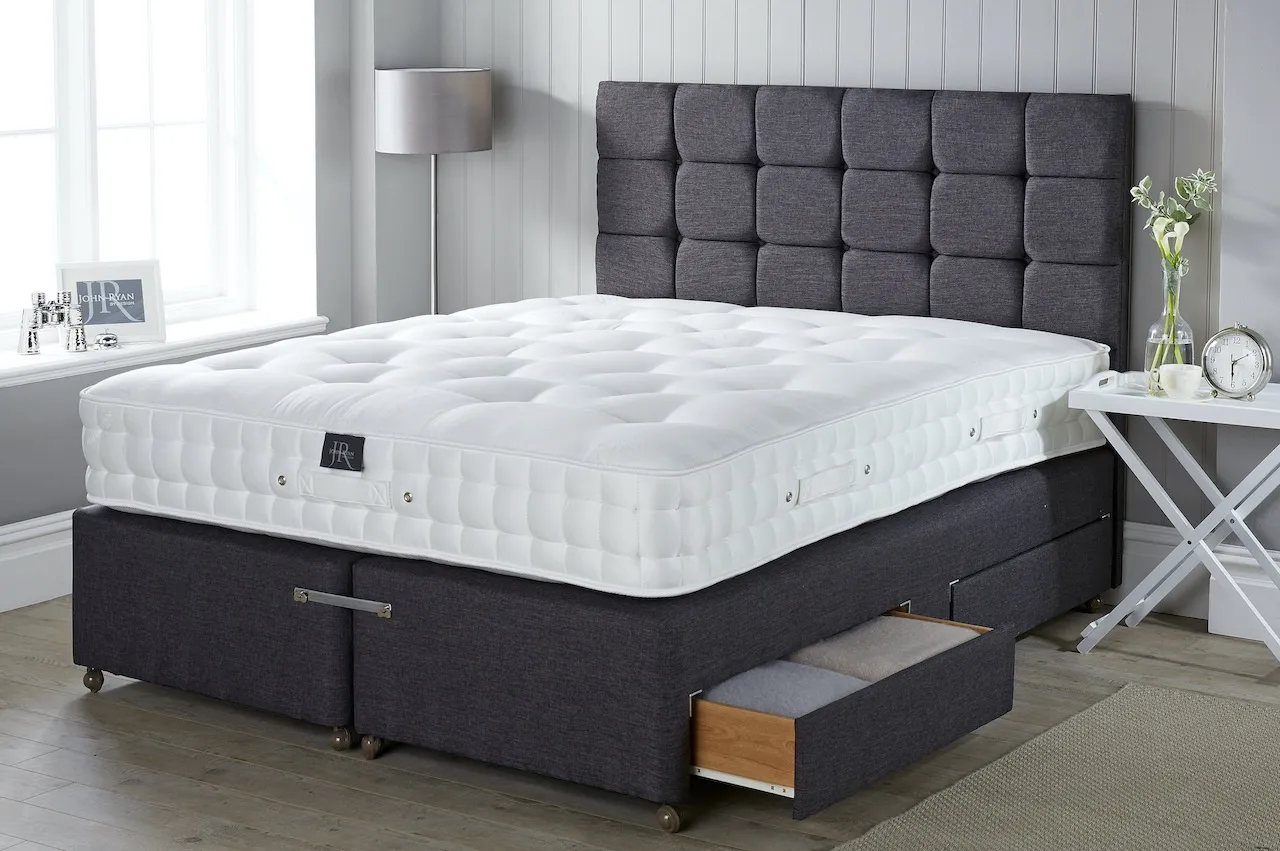
Artisan Bespoke Mattress
If you’re looking for the very finest mattress for a back sleeper, then look no further. Our Artisan Bespoke mattress features 100% natural fibre comfort layers and uses a vanadium-coated calico-encased pocket spring system. Matched perfectly to your weight with one of the three spring tensions available. This is a 2-sided mattress for a firmer feel, ideal for back sleepers. Click to find out more about this natural fibre back sleeper mattress.
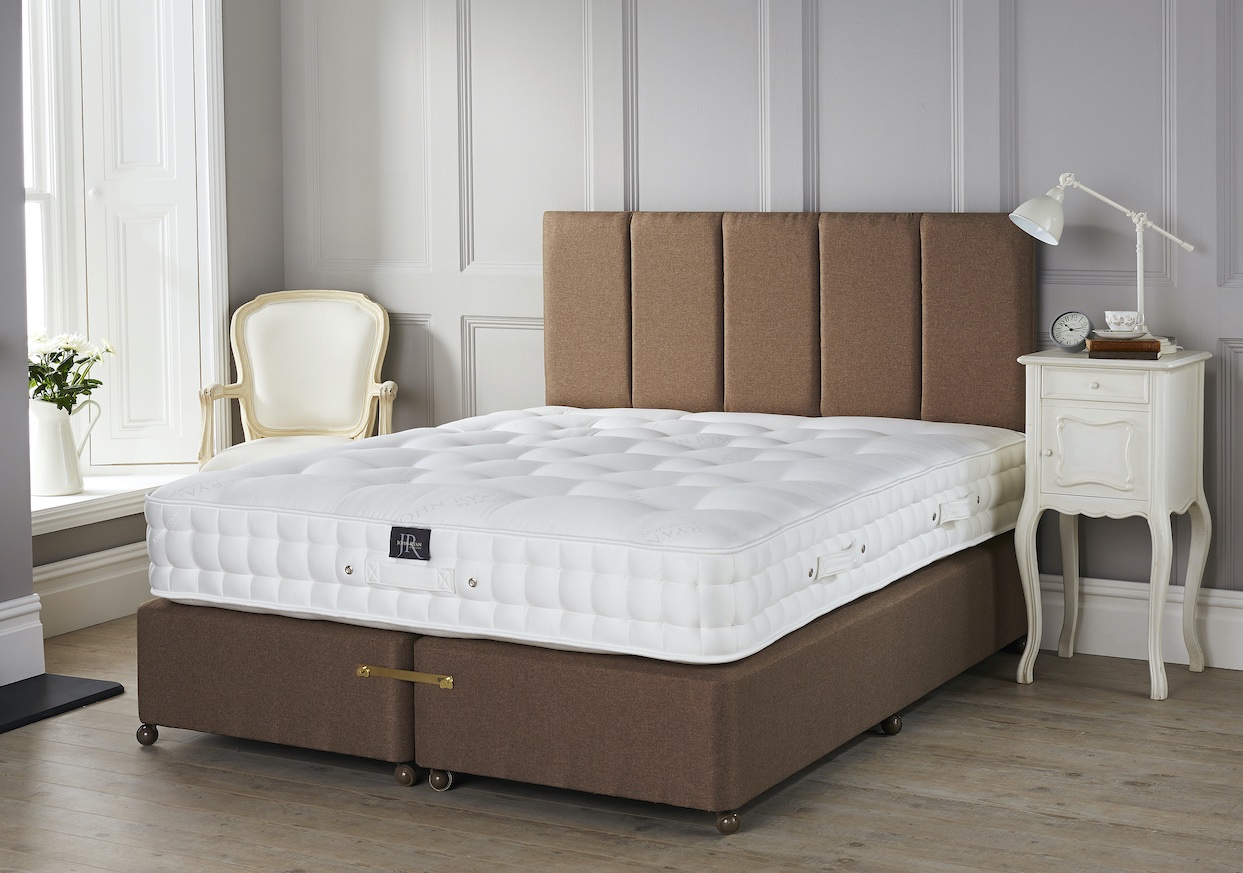
| How much to spend on a double mattress? | What can I expect for my money? |
|---|---|
| Under £500 | Will not get you much at best a 13.5 gauge open coil/cage sprung with a thin polyester layer or a solid foam mattress. |
| £500 | Entry level spunbond springs with some form of synthetic upholstery. Usually one sided mattresses. |
| £750 | The beginnings of a basic pocket springs unit with 800 – 1000 count. No substantial amount of filling other than foams and synthetic materials. Two sided models. |
| £1000 | Should get you away from most low ranges and into the mid-range pocket spring models. |
| £1250 | Should get you a decent pocket sprung mattress with some Natural Fibre content. |
| £1500 | Should get you many manufacturers mid-range models with Natural Fibres |
| £1500-£2000 | Should get you a Hand Made primarily Natural Fibre Quality Mattress |
| £2000+ | You should expect 100% Natural Fibres and Traditional Hand Made Construction Method. |
| £5000+ | A Bespoke Hand Made Sleep System, High-end Spring Units & Featuring the Worlds Most Luxurious Natural Fibres. |
6. Best mattress upholstery for a back sleeper
If you’re a back sleeper, understanding which mattress fibres and upholstery layers are best to support you is essential. As a guide, a table below shows the more supportive fibres that will allow a back sleeper to sleep soundly at night.
As a back sleeper, always avoid super soft or high loft fibres that cause you to sink too much into your mattress. You need more support than a side sleeper does, so choose firmer, more supportive fibres from the list below when choosing a new mattress.
| Upholstery Layer | Fibre Type | How it will feel? | Price Point |
|---|---|---|---|
| Recycled Fibre / Eco Fibre | Synthetic | Medium | Cheap |
| Memory Foam | Synthetic | Medium/Firm | Mid Price |
| Igel / Hybrid Foam | Synthetic | Medium/Firm | Mid Price |
| Linen | Synthetic/Natural Blend | Medium | Mid Price |
| Horsehair | Natural | Medium | High-End |
| Mohair | Natural | Medium/Firm | High-End |
| Hemp | Natural | Medium | High-End |
| Latex (100% Natural) | Natural | Medium/Firm | High-End |
| Coir | Natural | Firm | High-End |
| Flax | Natural | Firm | High-End |
| Coarse Cashmere | Natural | Firm | High-End |
| Horsetail | Natural | Firm | Expensive / Exclusive |
Other Sleeping Positions Explained
You may also be interested in reading about the other two popular sleeping positions and mattress choices:
As a back sleeper, you’re going to need a little extra support compared to fellow side sleepers. However, by understanding the mattress choices you can ensure you get the very best nights sleep. Choosing the correct mattress spring tension is essential and then its a case of picking the fibres that will suit your sleeping position the best.
If you’re still a bit unsure why not get in touch with our small expert mattress team to assist? We can help compare any mattress models you may be looking at and provide additional reassurance and guidance.
You can call us on 0161 437 4419 or drop us a line in the mattress contact form below.
Sleep well!

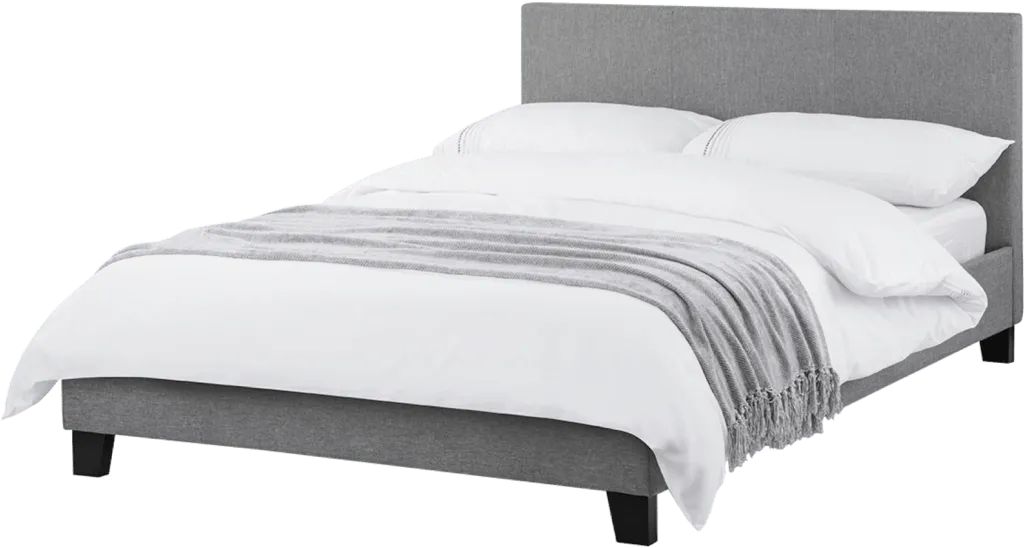
Ask us a question.
There are over 6000 questions and answers submitted by you on all questions about mattresses and bed problems. Enter a keyword such as Vi Spring, John Lewis beds, bad back or Memory Foam and see if your question has already been answered.
You can filter popular questions by the categories below. If you can’t find an answer, ask a new question below. We aim to respond to all questions within one working day.


































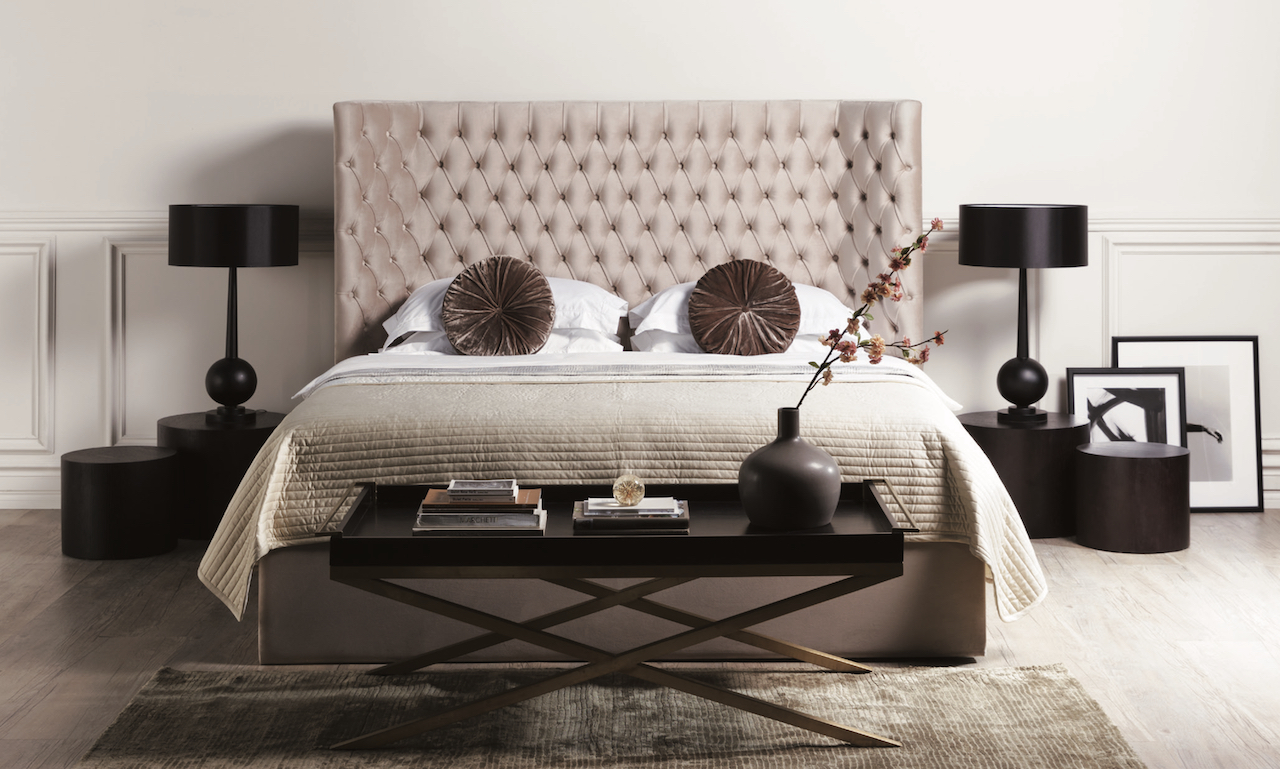
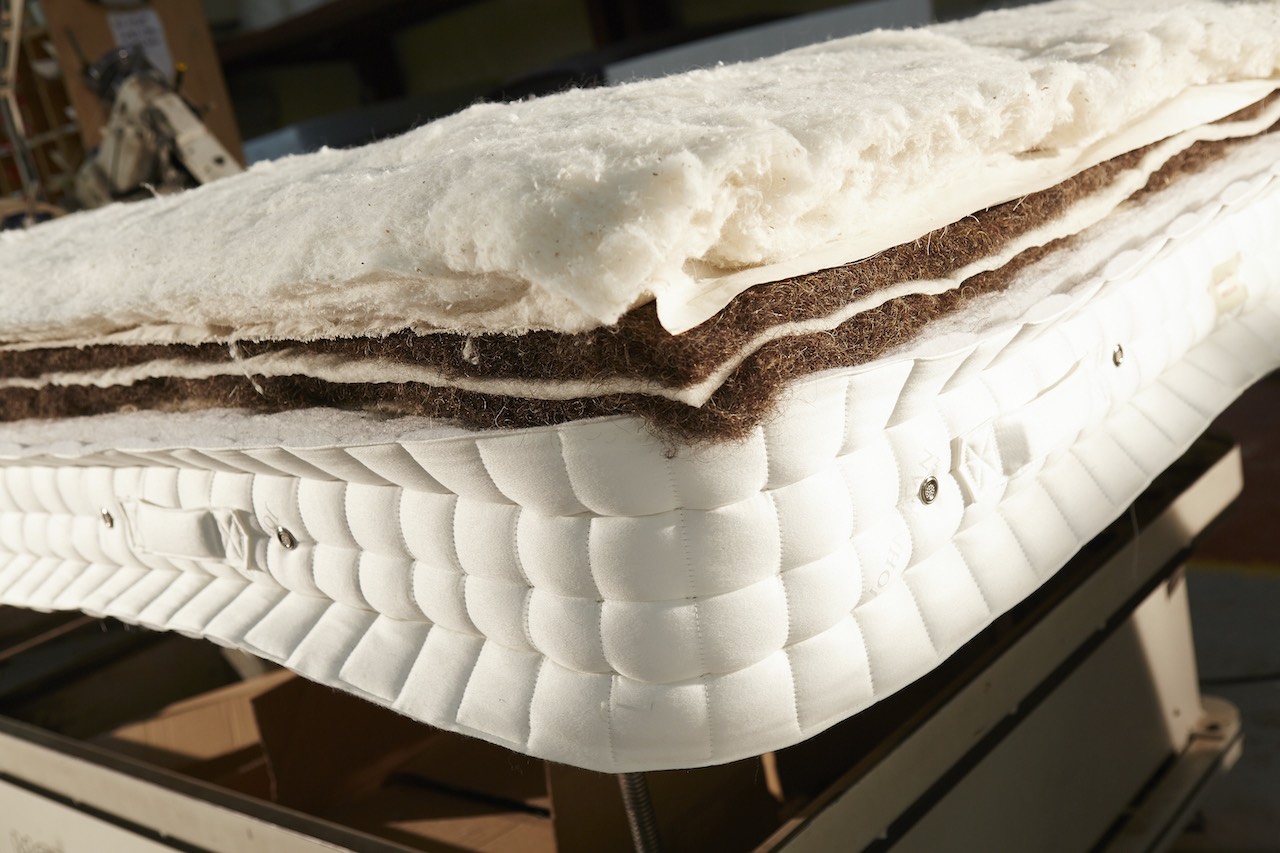


 Mattresses
Mattresses  Take our mattress quiz
Take our mattress quiz  Contact
Contact  About us
About us 


